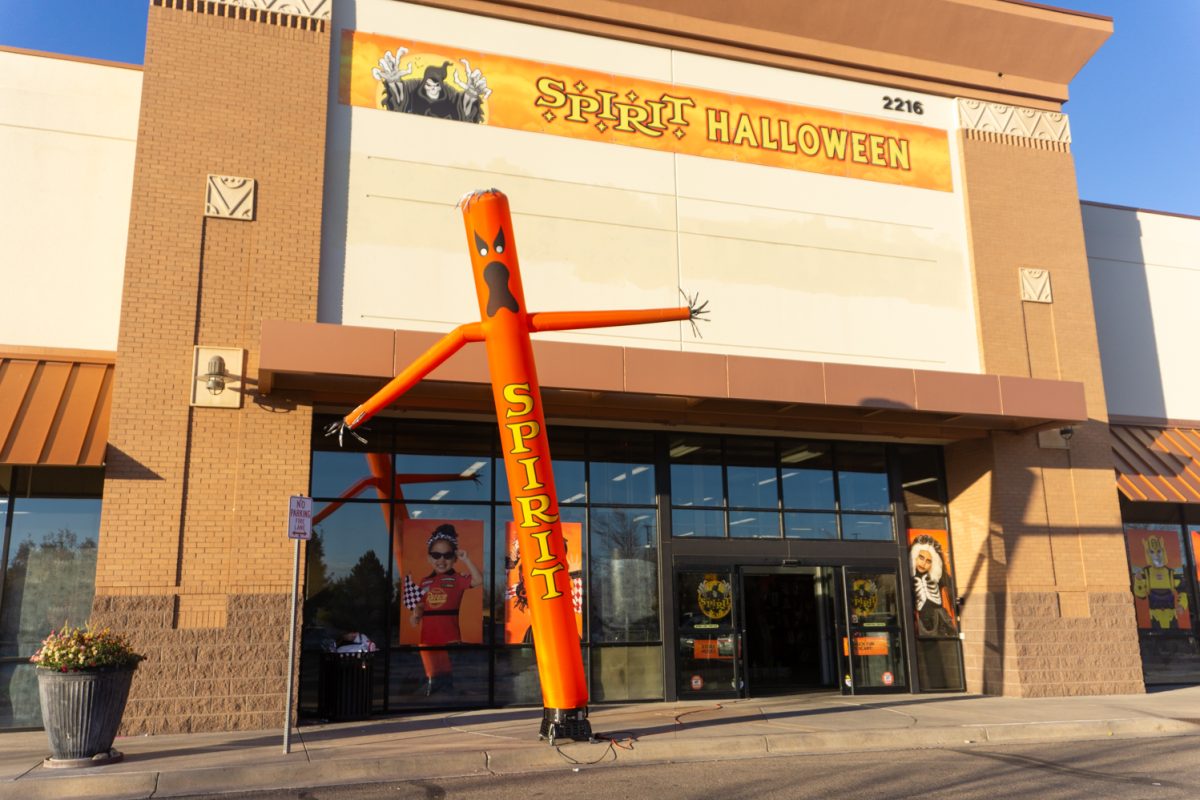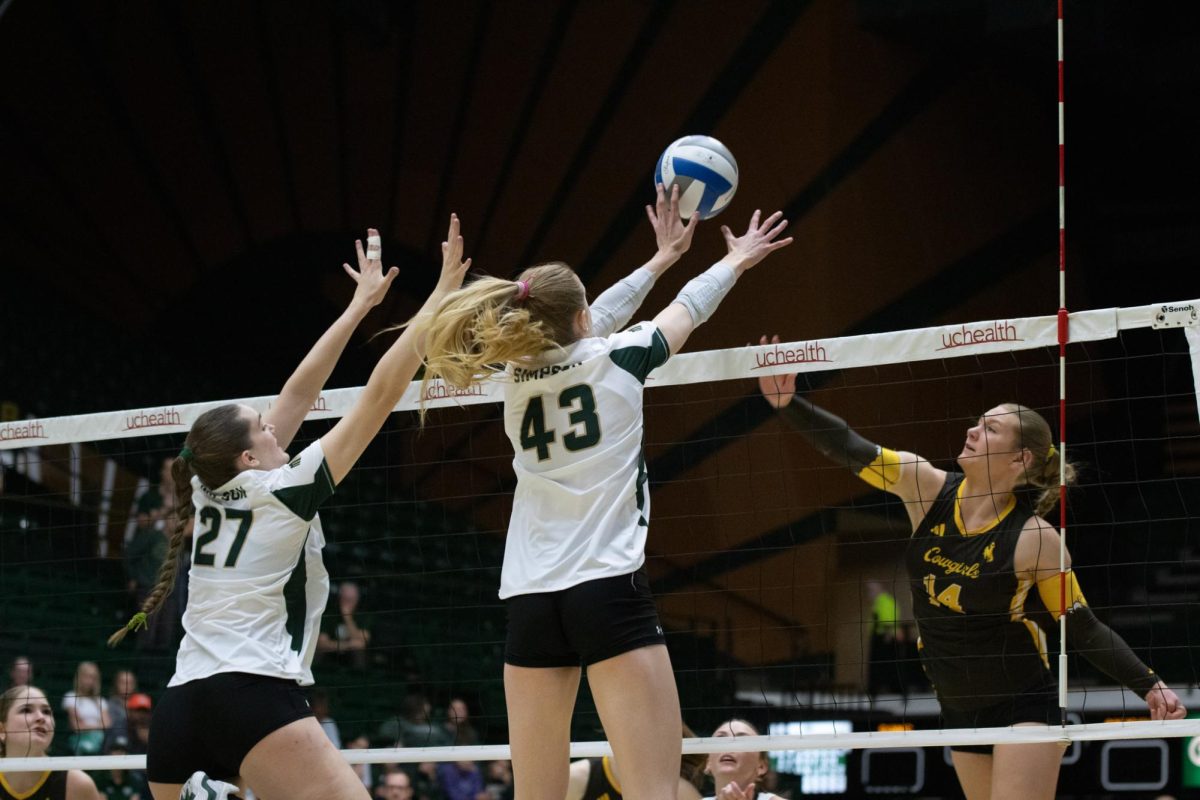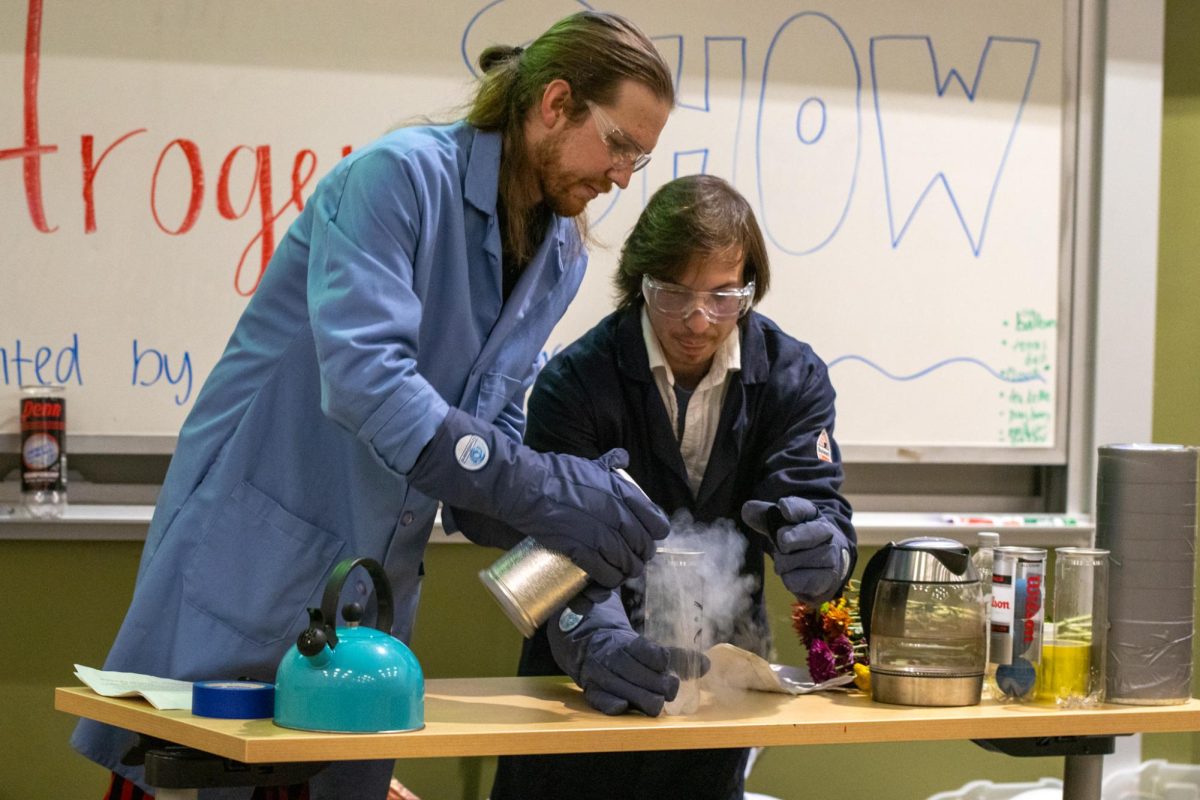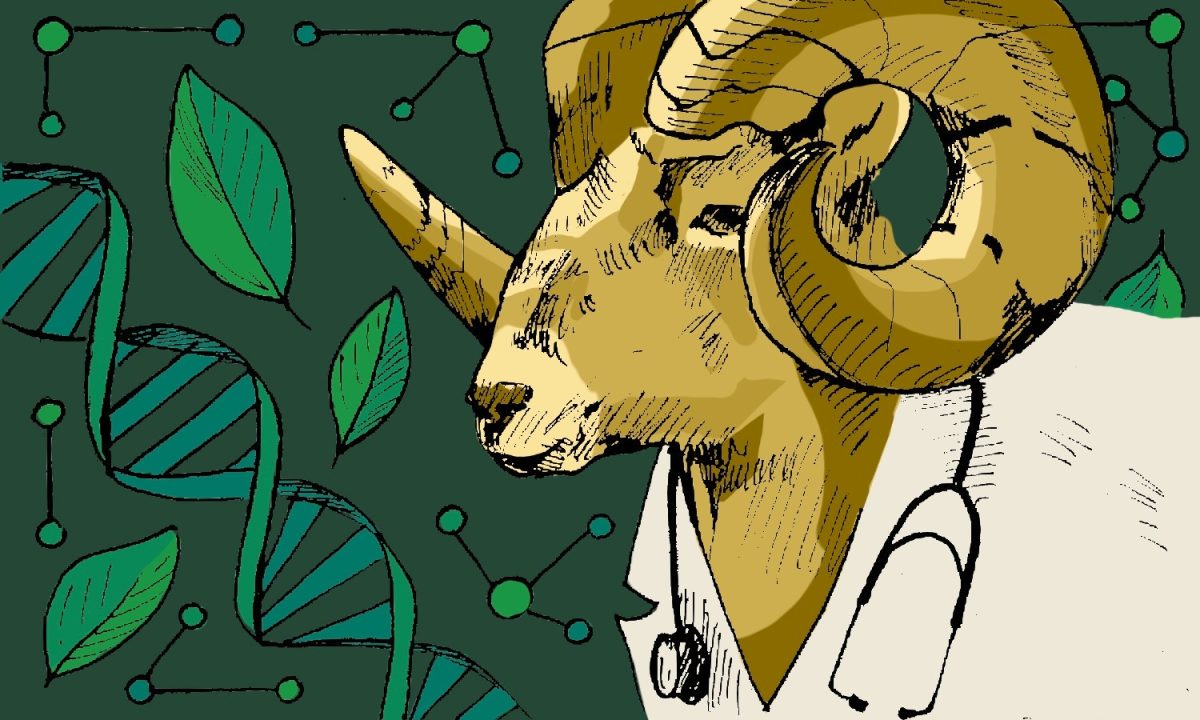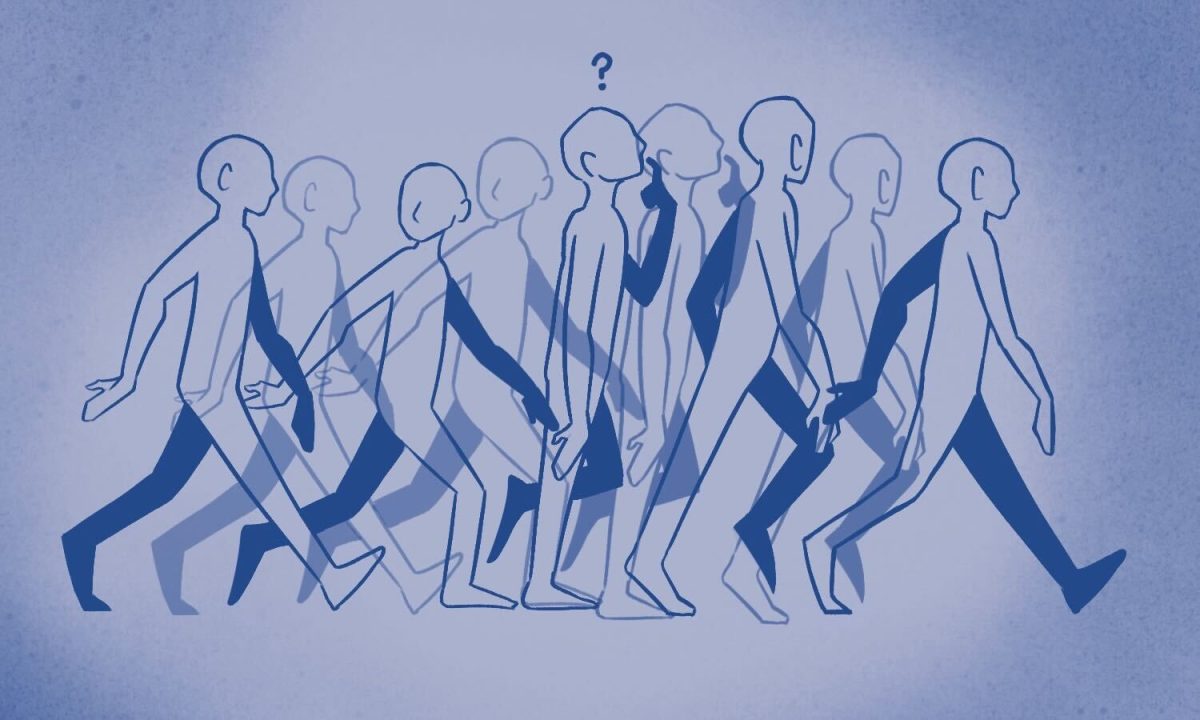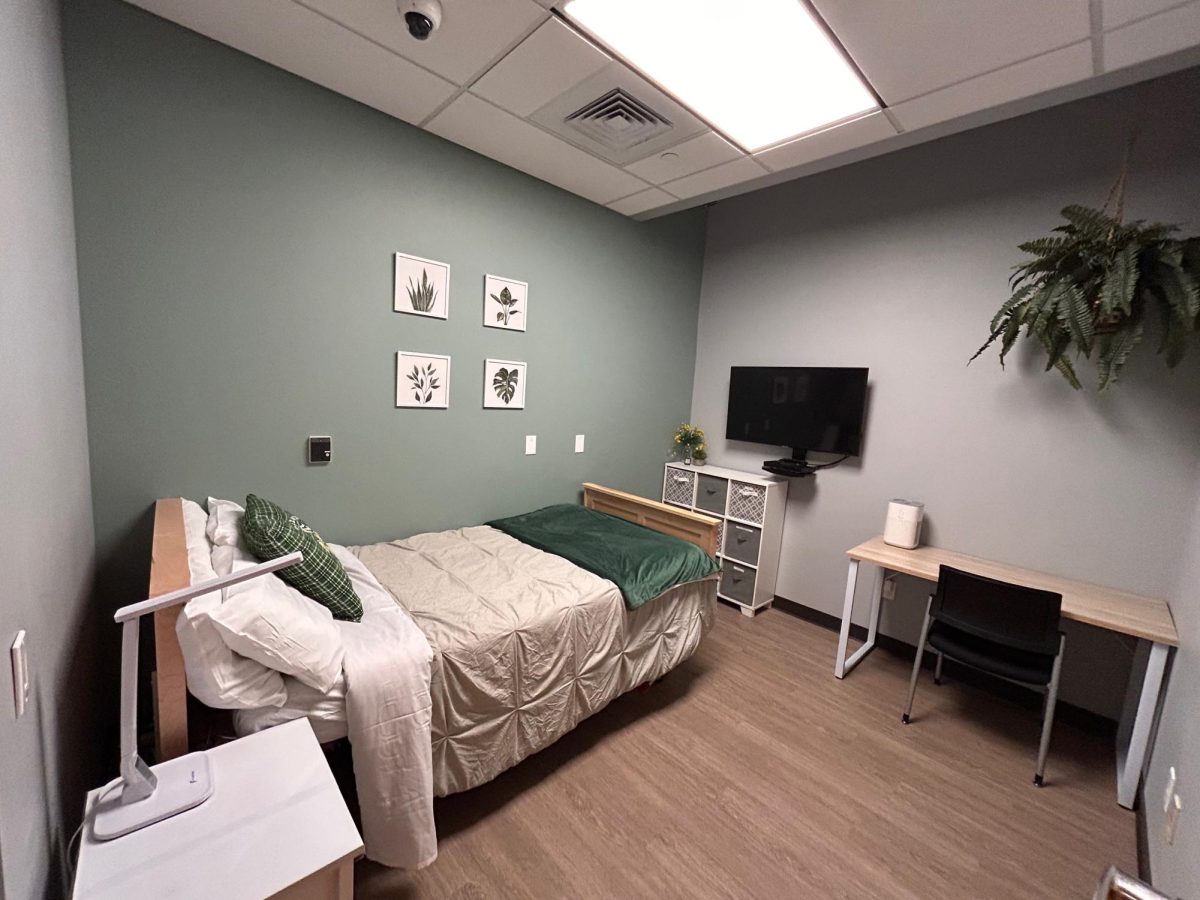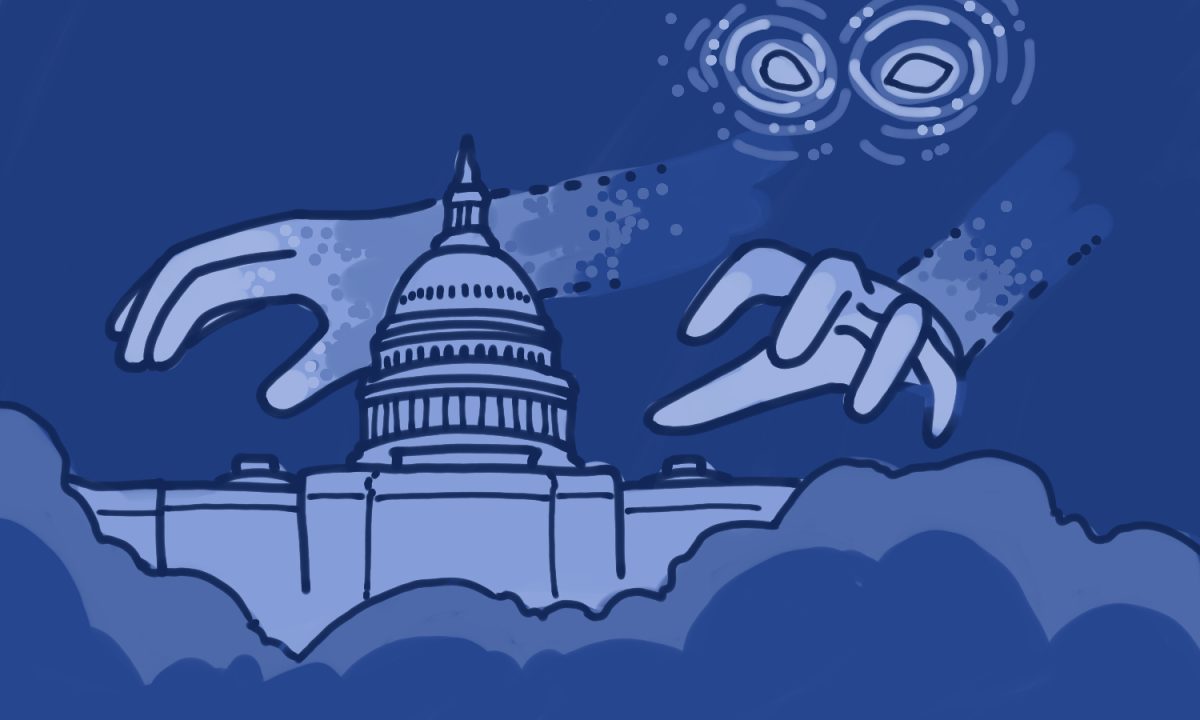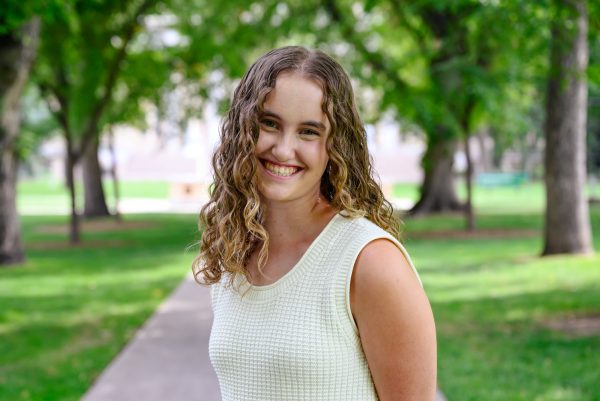In the present day, Colorado State University sits at the cutting-edge of scientific innovation and development. Distinguished as a Carnegie R1 institution, which recognizes high research activity, and receiving $436 million in federal research grants, CSU’s scientific arm has made tremendous strides since its founding as Colorado Agricultural College in 1870.
This reality that has been shaped by the tireless dedication of countless academics, professors and scholars throughout CSU’s history. Here are four historical scientists and alumni who left a lasting impact on the university and in their fields.
1. Paul Crutzen
Nobel laureate and atmospheric chemist Paul Crutzen first came to CSU in 1976, where he served as an adjunct professor in the department of atmospheric science until 1981. He later went on to direct the Max Planck Institute for Chemistry in Mainz, Germany, from 1980 to 2000.
Crutzen marked several scientific firsts with his research, including being the first to explore the impact of burning biomass and fueling the debate on geoengineering to counter the effects of greenhouse gases. He also popularized the term anthropocene, which suggests we are living in a new geological era due to human impact on the Earth.
He was awarded the Nobel Prize in Chemistry in 1995 for being the first scientist to link human activity to ozone deterioration, which eventually led to the world-wide ban on ozone-depleting substances.
2. Marshall Fixman
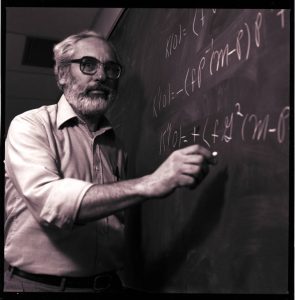
Physical chemist Marshall Fixman was born in St. Louis. He attended Washington University in St. Louis, earning a chemistry degree in three years before going on to receive a doctorate in physical chemistry from the Massachusetts Institute of Technology.
After serving as an instructor at Harvard University, Carnegie Mellon University and Yale University, Fixman arrived at CSU in 1979 to serve as a professor of chemistry and physics. He was named a University Distinguished Professor in 1986, all while continuing to advance his research in physical chemistry, utilizing both theoretical methods and computer simulations.
Fixman continued to research following his retirement from CSU in 2000 by developing computer-simulation methods to study the dynamics of concentrated solutions and undiluted polymers. Polyelectrolytes — water-soluble, electrically charged polymers — were of particular interest to Fixman, who continued to develop theoretical and simulation methods to study their equilibrium.
3. Miriam Palmer
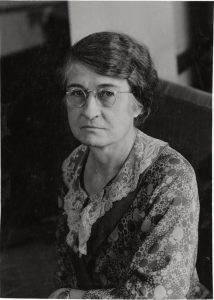
Miriam Palmer first worked at CSU in 1904 as a scientific illustrator in the department of entomology and zoology. Held in high regard among the department and the Colorado Agricultural Experiment Station, she worked meticulously with a crow quill pen and India ink to produce images for reports, bulletins and books across her 43-year career.
Palmer earned a bachelor’s and master’s degree from the University of Kansas and completed a master’s degree in Fort Collins in 1925. She grew into an entomologist during her career at CSU, eventually becoming an associate professor, authoring two books and receiving an honorary doctor of science in 1959.
Her passions were not solely limited to insects, as Palmer also created watercolor art and wax replicas of several varieties of Colorado apples. The series helped to conserve and document the heritage apple varieties of Colorado.
4. Inga Allison
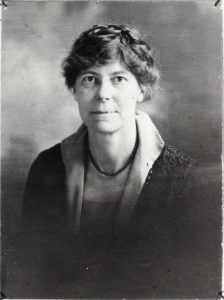
Inga Allison began her career at Colorado Agricultural College in 1908 as a home economics professor. She invented high-altitude baking and oversaw the establishment and installation of a high-altitude baking laboratory in 1927 in the Simon Guggenheim Hall of Household Arts — the first of its kind in the nation.
Her research placed emphasis on physical, biological and social sciences as a foundation for studying food technology, child welfare, nutrition and family economics. Collaborating with physics professor Charles Lory, they invented a device to establish cooking times in water at differing atmospheric pressure levels.
Allison directly shaped the face of the home economics department during her three-decadelong tenure, working to establish new career opportunities for students in the field, ranging from dietitians to Extension agents. She also worked to establish a child development program, the Early Childhood Center and a laboratory preschool. She also helped create the occupational therapy program, which was founded to support returning wounded World War II soldiers.
Reach Katie Fisher at science@collegian.com or on social media @CSUCollegian.


